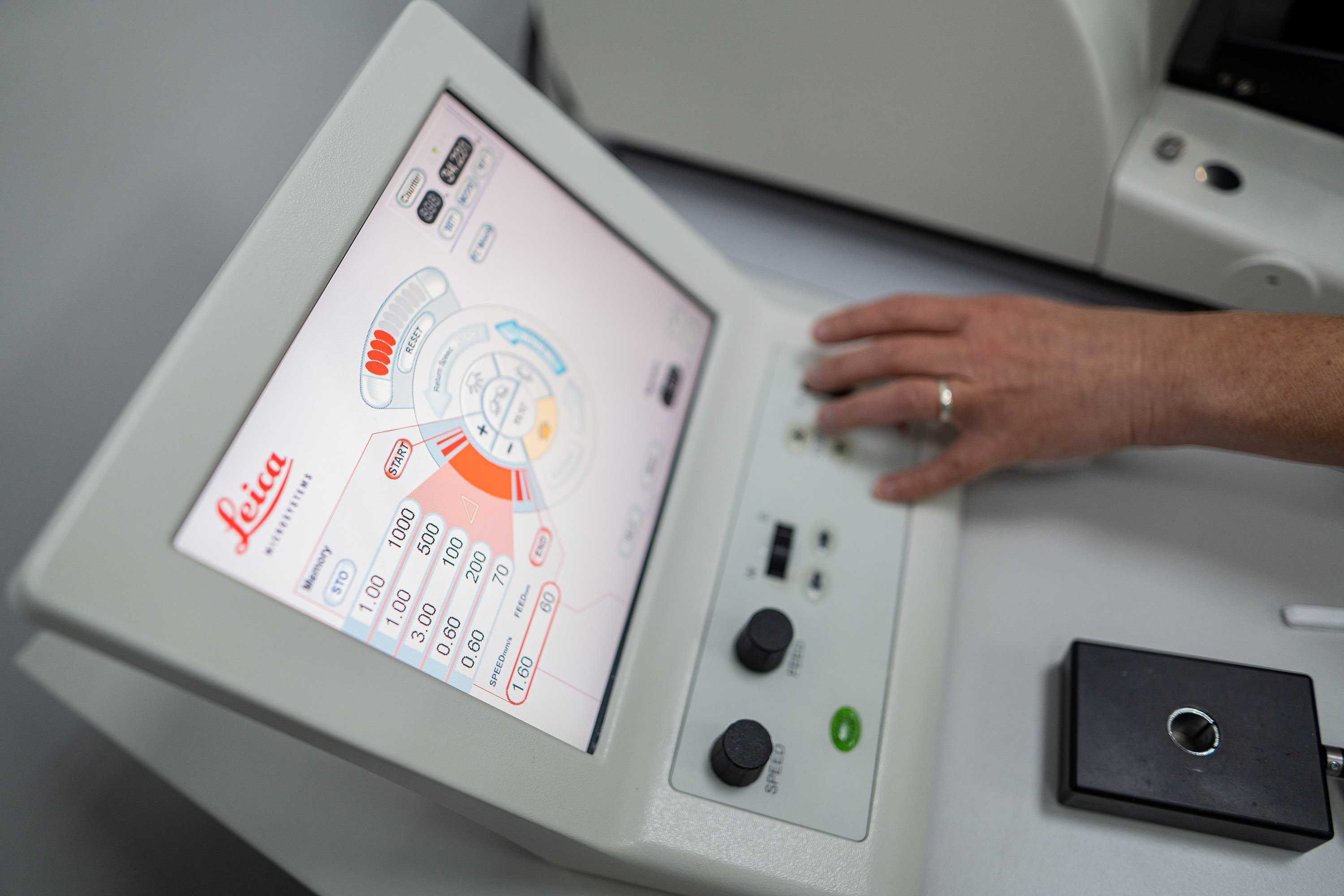CORE FACILITY
Advanced Microscopy and Imaging
Head: Roman Polishchuk
Staff: Elena Polishchuk, Roberta Crispino

Over the past decades, the rapid pace of gene discovery has led to significant efforts in the study of gene function at molecular, biochemical and cellular levels. At this stage, microscopy has gained a fundamental role because it provides high-resolution mapping and dynamics of normal and anomalous gene products and reveals the structural changes induced by the expression of the latter. High-resolution microscopy has become an essential component of all the research programs at TIGEM that are aimed at the characterization of gene and protein functions at cellular and sub-cellular levels.
The main objectives of the Advanced Microscopy and Imaging Core are to provide technical assistance, expertise, and qualitative and quantitative evaluation of microscopy data for research projects at TIGEM. The Core is composed of two separate units, the Light Microscopy Division and the Electron Microscopy Division.
The Light Microscopy Division provides users with the equipment and know-how to monitor cell behavior in real time and visualize proteins inside cells with high spatial and temporal resolution. The division is equipped with essential imaging technologies, such as bright-field microscopy, fluorescence and confocal microscopy. In addition, the facility equipment allows users to perform live-cell experiments (spinning disk microscopy, TIRF), molecular imaging (FRET, FLIM, photobleaching and photoactivation) and super-resolution microscopy (SIM and STORM). The Light Microscopy staff provides TIGEM researchers with consultation and training in techniques related to light and fluorescence microscopy, image analysis and data transfer/storage.
The Electron Microscopy Division allows researchers to analyze the ultrastructure (with resolution up to a few nanometers) in cells and tissues and determine the localization of proteins at the sub-organelle level. Therefore, the approaches of the Electron Microscopy Division complement those of the Light Microscopy Division. The Core’s expertise in routine and immune-electron microscopy (IEM), advanced EM techniques, correlative light-electron microscopy and EM tomography, allows researchers to analyze the intricate ultrastructures of organelles observed in living cells before fixation and subcellular structures in cells expressing or lacking the gene product of interest.
